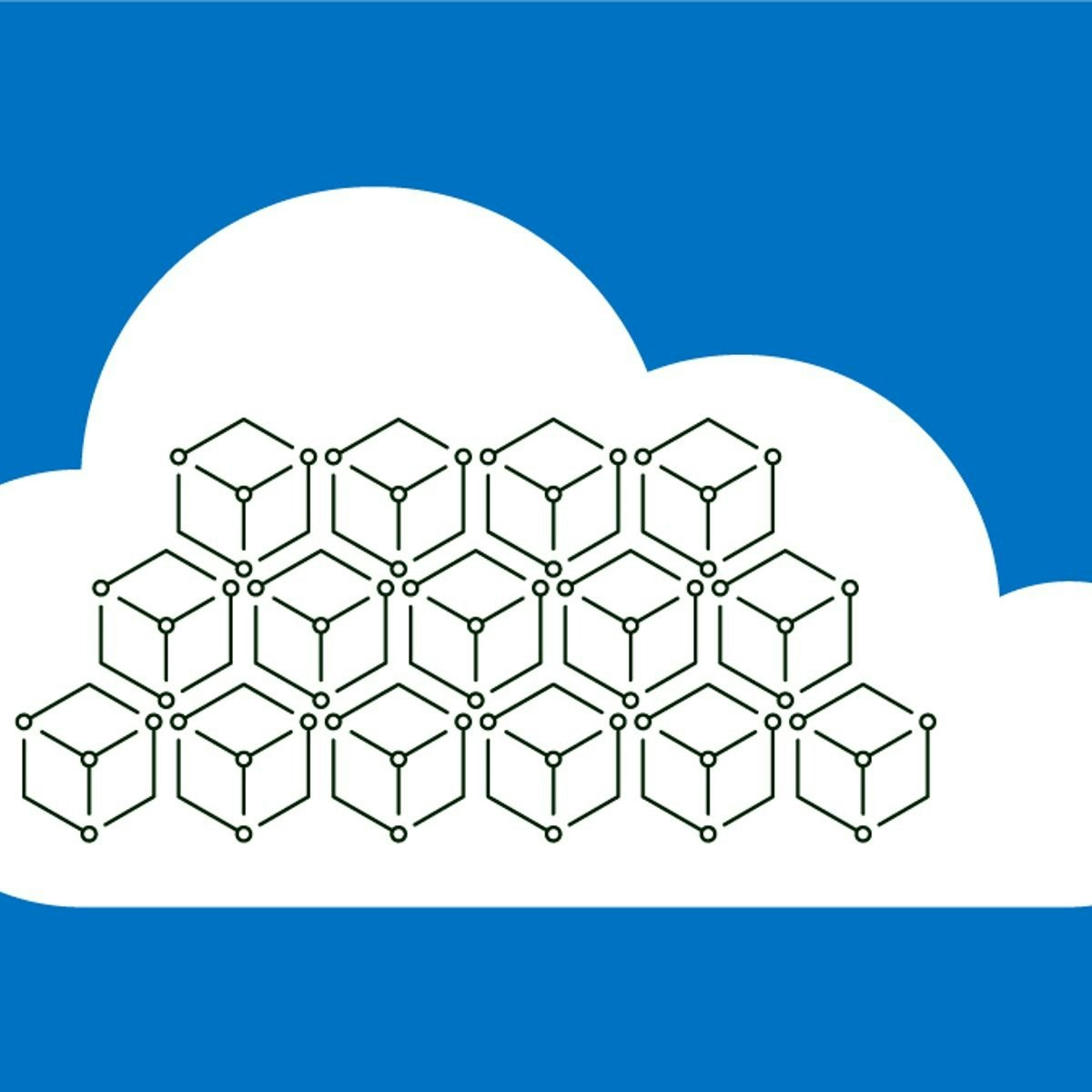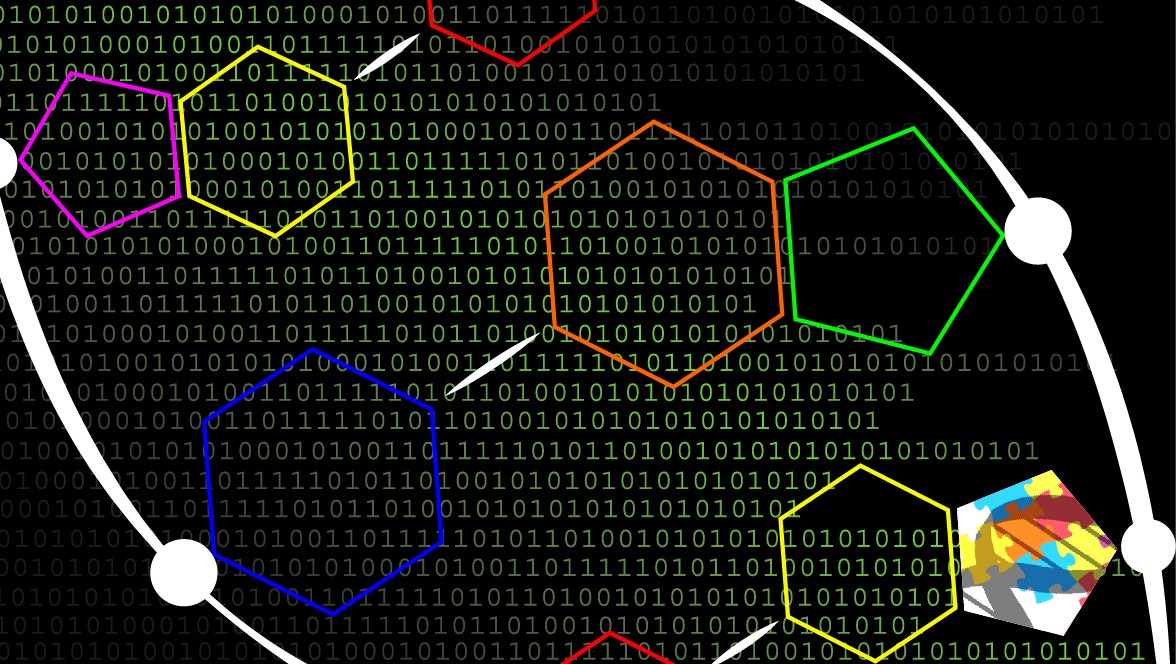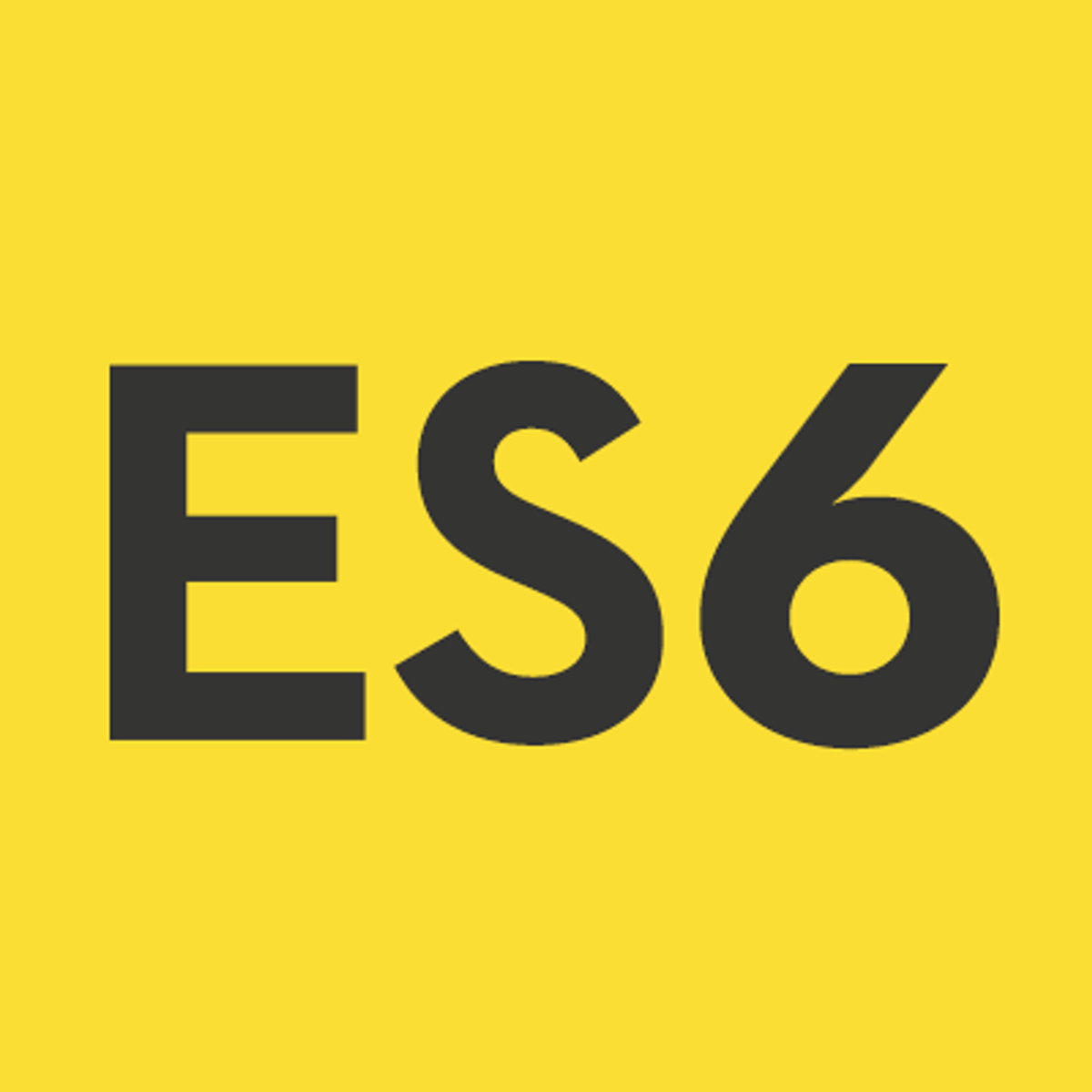Back to Courses









Computer Science Courses - Page 80
Showing results 791-800 of 2309

Create a Dialog Box in Unity Part 2 - Visual Effects (TMP)
In this one-hour, project-based course, you'll learn how to use TextMesh Pro to convert a simple, plain dialog box into something more visually interesting. This project covers installing and implementing Text Mesh Pro and using its properties to add visual effects to text objects.
This is Part 2 of a three-part series on creating a good-looking, versatile and reusable dialog box for your game or other Unity application. In Part 1, we covered how to create a simple dialog box and in Part 3, we'll create a versatile dialog box structure that can be invoked by different trigger objects in the game and affect game-play.
This is a stand-alone guided project, but because this is a continuation of previous part in the the "Dialog Box" series, it is recommended that you complete the first part before commencing this guided project.
This series makes use of the poly-castle project and movement mechanics created in Create Keyboard Movement Mechanics with C# in Unity. It is a complimentary course to this guided project and, although not a prerequisite, is recommended for a more well-rounded understanding of the concepts presented herein.
Note: This course works best for learners who are based in the North America region. We’re currently working on providing the same experience in other regions.

Deploying Redis Enterprise for GKE and Serverless App on Anthos Bare Metal
This is a self-paced lab that takes place in the Google Cloud console.
In this lab you will learn how to create Compute Engine VMs on Google Cloud with L2 connectivity through the use of vxlan built-in functionality in Linux. You'll be using the Compute Engine VMs to simulate Anthos on Bare Metal (BM) in high-availability mode which requires L2 connectivity. The deployment will consist of 4 VMs to deploy Anthos on BM, 1 x workstation, 1 x control plane nodes and 2 x worker nodes.
Then you'll install Anthos Service Mesh and Knative on the BM cluster, followed by deploying Redis Enterprise for GKE and a Serverless application. Finally, this guide will show you how to run a simple load test on the serverless application to realize the elasticity of Knative backed by a Redis datastore.

Create a Supermarket app using Java OOP
In this 1-hour long project-based course, you will learn how to use object-oriented programming concepts, design and implement a class based on the project needs and how to run and test the app that you implemented
Note: This course works best for learners who are based in the North America region. We’re currently working on providing the same experience in other regions.

The Nature of Data and Relational Database Design
This course provides a comprehensive overview of data, various data types, design of databases for storage of data, and creation and manipulation of data in databases using SQL. By the end of this course, students will be able to describe what business intelligence is and how it’s different from business analytics and data science, conduct a basic descriptive statistical analysis and articulate the findings, and differentiate between types of statistics. They will also be able to define normalization and ETL, create an ERD that shows progression from conceptual to logical to physical design, define DDL, DML, DCL, and TCL, and write SQL scripts to create a database and associated tables.

Full Stack Software Developer Assessment
This is the final course in the Full Stack Professional Certificate. It will test your knowledge and the skills you’ve acquired so far. This course contains the graded final examination covering content from nine of the eleven courses in the certificate.
You will be assessed on topics such as core cloud computing concepts; languages such as HTML, CSS, JavaScript, and Python; frameworks such as Node.js and React; and backend technologies such as Docker, Kubernetes, OpenShift, SQL, Django, and Serverless.

Version Control
Learn how modern software developers collaborate across the world without messing up each other's code. You will look at the different version control systems and how to create an effective software development workflow. You will be introduced to some of the most commonly used Linux commands that you can use to work with files on your hard drive and create powerful workflows that will automate your work, saving you time and effort.
Finally, you will see how Git can be used in software development projects to manage team files. And you will create a repository that can manage code revisions.

Architecting with Google Kubernetes Engine: Workloads
In this course, "Architecting with Google Kubernetes Engine: Workloads," you learn about performing Kubernetes operations; creating and managing deployments; the tools of GKE networking; and how to give your Kubernetes workloads persistent storage.
This is the second course of the Architecting with Google Kubernetes Engine series. After completing this course, enroll in the Architecting with Google Kubernetes Engine: Production course.

Algorithms for DNA Sequencing
We will learn computational methods -- algorithms and data structures -- for analyzing DNA sequencing data. We will learn a little about DNA, genomics, and how DNA sequencing is used. We will use Python to implement key algorithms and data structures and to analyze real genomes and DNA sequencing datasets.

Modern JavaScript: Iterators and Generators
JavaScript Iterators and Generators bring the concept of iteration directly into the core language and provide a mechanism for customizing the behavior of for...of loops.
In this project, you'll master the JavaScript Iterators and Generators with live hands-on exercises. We'll learn about iteration protocols, the built-in constructs that provide support for them and how to make our own data structures iterable.

Create Social Media ads with Canva to promote your business
By the end of this project, you will learn how to create Social Media ads with Canva to promote your business. An essential role of your social media marketing strategy is to establish your online identity and to appeal to your users.
In this guided project , we will use the free version of Canva. You will be able to incorporate a color scheme, images, and other design elements for aesthetically pleasing and value added business marketing collateral. We can use Canva to complete this project because it provides all the tools you need to create organized and visually appealing products while offering a variety of options for sharing and collaboration. You will learn how to plan and organize your ideas and utilize graphic design tools as you create social media ads to advertise your brand or products on different social media platforms.
